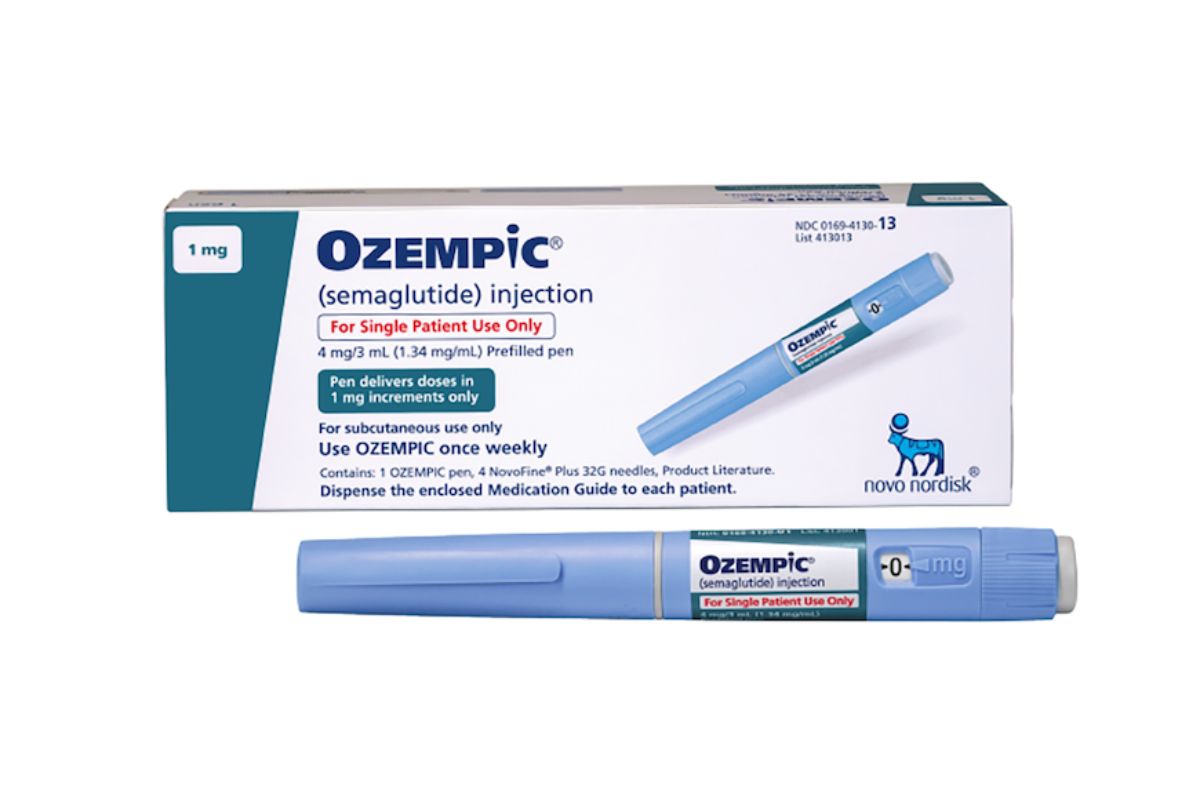Update: March 29th, 2023
The US Food and Drug Administration (FDA) has just approved naloxone, an over-the-counter opioid overdose reversal drug. Mental health experts applaud the move, saying that they expect it to increase access to the lifesaving medication.
The over-the-counter version will be available under the name, Narcan. It will be sold as a single dose nasal spray. The drug is expected to make it onto shelves by late summer, according to its maker, Emergent BioSolutions. FDA officials have allowed places like convenience stores, grocery stores and even vending machines to carry the drug.
“Today’s approval of OTC naloxone nasal spray will help improve access to naloxone, increase the number of locations where it’s available and help reduce opioid overdose deaths throughout the country,” FDA Commissioner Dr. Robert Califf said in a statement.
The approval comes a little over a month after an advisory committee to the FDA unanimously recommended that the agency allow the drug to be sold over the counter. You can read about the approval process below.
_____________________________________________________________________________________________
A Food and Drug Administration panel of advisors unanimously recommended over-the-counter sales of the life-saving opioid overdose treatment naloxone. Experts and advocacy groups hailed the opinion, saying it would significantly expand access to the life-saving drug, usually sold under the brand name Narcan.
The agency isn’t required to adopt the scientific advisory panel’s recommendation, but historically it almost always does. The 19-0 decision came after an hours-long discussion regarding the drug’s safety and whether people with no medical training would be able to accurately follow Narcan’s packaging instructions in an emergency. The manufacturers agreed to revise usage instructions to make them easier to read and understand before rolling out the products to the general public.
“Today’s action supports our efforts to combat the opioid overdose crisis by helping expand access to naloxone,” said FDA Commissioner Robert M. Califf, MD. “The agency will keep overdose prevention and reduction in substance use disorders as a key priority and area of intense strategic focus for action as rapidly as possible.”
Prescription Opioid Misuse in US Older Adults
A Patient-Centered Approach to Opioid Use Disorder
Fentanyl Vaccine Could Help Fight Opioid Epidemic
Narcan is available as a general intramuscular injection, nasal spray, and mechanized auto-injector. First responders and outreach workers have used the drug in its various forms for decades as a way to reverse opioid overdoses. If the agency approves the nonprescription versions of the drug as expected, they could be available on drugstore shelves in about nine months.
Narcan is an opioid antagonist, meaning that it attaches to opioid receptors in the brain to reverse and block the effects of other opioids. It restores breathing that has slowed or stopped during an opioid overdose. When given intravenously, it can take effect within two minutes; within five minutes when delivered intramuscularly.
If someone doesn’t have opioids in their system, the medication has no effect. And, it is not a treatment for opioid use disorder, according to the National Institute on Drug Abuse (NIDA).
NIDA tracked 47,600 opioid-involved overdose deaths from drugs–including prescription pain relievers, heroin, and fentanyl in 2017–more than double the number of deaths it recorded in 2010. This was followed by a significant increase in 2020 with 68,630 reported deaths and again in 2021 with 80,411 overdose deaths, the agency reported.
Studies show that naloxone products are already saving lives. For example, a large-scale national study showed that opioid overdose deaths decreased by 14 percent in states after they enacted naloxone access laws. Currently, 34 states and the District of Columbia have laws on the books to increase availability of the overdose reversal drugs, while 26 states and Washington D.C. have passed Good Samaritan laws that protect bystanders who call for medical assistance in an overdose scenario.



